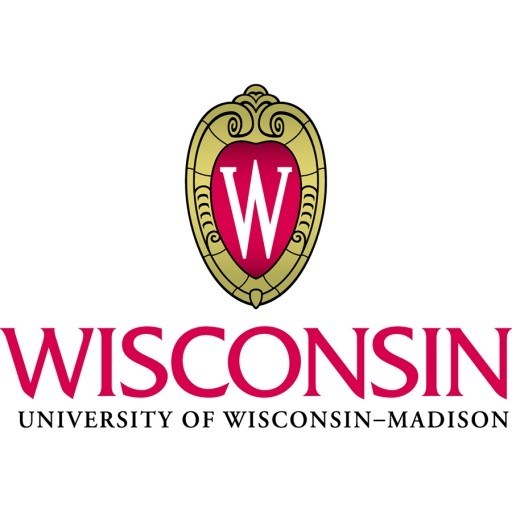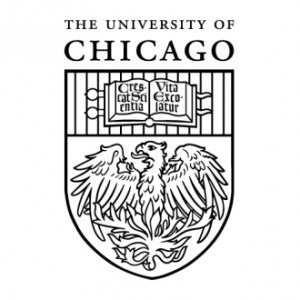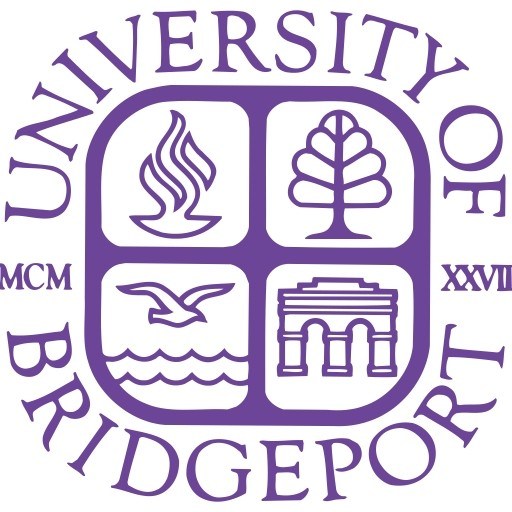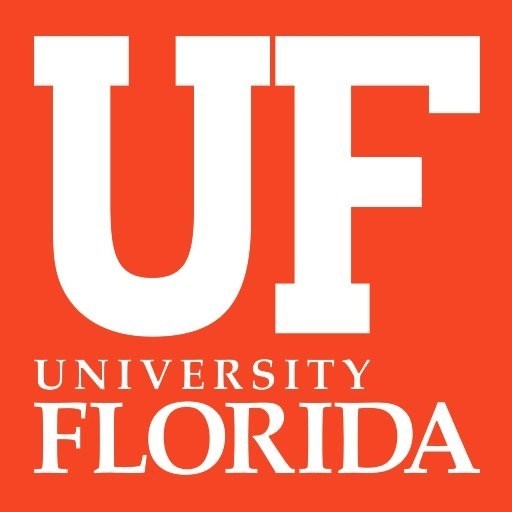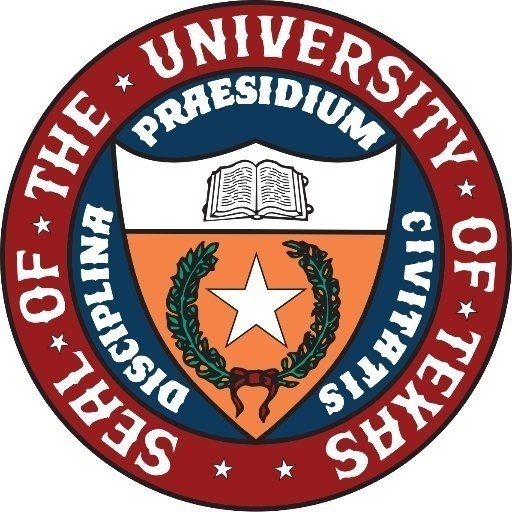Photos of university / #wustl_official
The Master of Landscape Architecture (MLA) program at Washington University in St. Louis is a comprehensive and innovative graduate degree designed to prepare students for professional practice in the field of landscape architecture. This program emphasizes the integration of ecological, social, and aesthetic considerations in the design and planning of outdoor spaces. Students engage in a rigorous curriculum that combines theoretical foundation, technical skills, and hands-on experience to address complex environmental and urban challenges. The program encourages creativity, critical thinking, and leadership in developing sustainable landscapes that enhance quality of life and promote environmental stewardship. Throughout the coursework, students explore diverse topics including ecological restoration, urban design, historic preservation, and community engagement. The curriculum is complemented by studio practice, where students work on real-world projects under the mentorship of experienced faculty and industry professionals. Washington University’s location in St. Louis offers unique access to a variety of ecological environments and urban contexts, providing valuable opportunities for fieldwork and applied learning. The program also emphasizes interdisciplinary collaboration, preparing graduates to work across sectors and with diverse communities. Graduates of the MLA program are equipped with advanced knowledge and skills to pursue careers in landscape design, planning, conservation, and academia. They are well-prepared to contribute to creating resilient, functional, and beautiful outdoor environments that meet the needs of society today and into the future.
The Master of Landscape Architecture program is a six-semester, three-year program that provides opportunities for study abroad and internships in the summer. It is an accredited first professional graduate degree. This means that students who have no prior experience in design are eligible to enroll in the program and graduate with a degree that enables them to enter the profession of landscape architecture and become registered professionals.
The following is the curriculum sequence for the MLA program:
Year One, First Semester
- Core Studio I
- Design Representation
- Plants + Environment
- Grading + Landform
- Modern + Contemporary History
Year One, Second Semester
- Core Studio II
- Digital Tools
- Planting Design
- GIS for Site Design
- LA History + Theory
Year Two, First Semester
- Core Studio III
- Visualizing Ecological Process
- Research in the Landscape
- Elective
Year Two, Second Semester
- Core Studio IV
- Landscape Ecology
- Landscape Technology
- Elective
Year Three, First Semester
- Comprehensive Studio/Thesis Studio
- Elective/Thesis Prep
- Electives
Third Year, Second Semester
- Comprehensive Studio/Thesis Studio
- Professional Practice
- Electives
Requirements
- MLA applicants must demonstrate satisfactory completion of at least one college-level course in the natural sciences and at least one college-level course in the visual arts, such as drawing, sculpture, graphics, and/or basic design. Applicants with an accredited degree in landscape architecture or architecture may be admitted to the MLA advanced placement (AP) program, thus entering the program in the second year of study. Applicants who have received a non-accredited degree in architecture, landscape architecture, or environmental design may also receive advanced placement of one or two semesters. Note that the Admissions Committee reserves the right to place students in the program that it deems appropriate, on the basis of portfolio evaluation, transcript evaluation, and overall preparation.
- Personal information.
- A statement of objective of educational and career goals.
- A resume/curriculum vita (to include education and employment history, honors, awards, and extracurricular activities).
- Three letters of recommendation, to be completed by individuals who know the personal and academic qualities of the applicant (preferably—although not necessarily—academic instructors). These three letters will be submitted through the online application process. Please note that, along with other contact information, the applicant will need to provide each recommender's accurate e-mail address.
- A nonrefundable $85 application fee. Note: The $85 application fee will be waived for applicants who complete their online application by November 30. Beginning December 1, the application fee is $85, and must be paid online by credit card.
- Official transcripts. Upload a digital copy (PDF format) of transcripts from all college and universities attended. When submitting academic records from multiple schools, please organize those records for submission as a single PDF. Only those applicants who are admitted and plan to enroll will be asked to send official, hard-copy transcripts to our office by August 1.
- GRE scores , provided by the testing services (optional). While GRE scores are not required, they are strongly recommended. To ensure official test score reports arrive as needed, please use our institution code (6929) and department code (4401) when making arrangements with the testing agency.
- English language scores (if the applicant's native language is not English). A Test of English as a Foreign Language (TOEFL) score or International English Language Testing System (IELTS) score is required if the applicant’s native language is not English. The minimum acceptable TOEFL scores are 90 on the Internet-based test, 577 on the paper-based test, or 233 on the computer-based test. The IELTS score minimum is 7.0. Note that an exception to the English test score requirement is made for candidates who have studied four years toward a baccalaureate degree in the United States. To ensure official TOEFL test score reports arrive as needed, please use our institution code (6929) and department code (12) when making arrangements with the testing agency. IELTS scores must be sent in hard-copy form to our office (see address above.)
- Portfolio. A digital portfolio showing examples of design work or work in the visual arts must be uploaded to our online application system. Please review our instructions below carefully. The work represented in the portfolio—whether it includes drawings, photographs of architectural models, or artwork (including various types of media such as paintings, sculpture, ceramics, or photography)—should be the best examples of the applicant's efforts. Applicants who have not studied architecture previously should submit at least 15 examples of work in the visual arts and—if available—in the constructive arts (for example, photographs and drawings from small, three-dimensional built projects such as furniture, kiosks, or decks.) The overall intention is to show work that demonstrates potential for accomplishment in further creative study. Applicants who have pursued formal studies in architecture or landscape architecture must include examples of their design work related to those areas but are also welcome to include examples of other artistic endeavors.Important: Applicants submitting work done collaboratively, either in school or in the profession, should be as specific as possible about the extent of their personal involvement in such projects.
- Applicants who are submitting IELTS scores must arrange to have the testing service send a hard-copy report of the scores to our office.
Scholarships
- Sam Fox School Full-Tuition Award
- Danforth Scholars Program
- Honorary Scholarships
- Chancellor's Graduate Fellowship Program
- McDonnell International Scholars Academy
- Need-based financial aid assistance
- Merit-based scholarships
The Master of Landscape Architecture (MLA) program at Washington University in St. Louis is designed to prepare students for professional practice in landscape architecture, combining artistic design, environmental science, and urban planning. The program emphasizes sustainable design practices, ecological restoration, and the development of innovative landscape solutions that enhance both human and environmental well-being. Students are engaged in hands-on studio courses, surveys, and fieldwork that foster creativity, technical proficiency, and strategic thinking. The curriculum integrates coursework in landscape planning, site design, environmental systems, and plant ecology, providing a comprehensive foundation for addressing complex landscape challenges.
The program typically offers both full-time and part-time study options, enabling students to pursue their degree according to their professional and personal commitments. Admission requirements include a bachelor's degree, a portfolio, letters of recommendation, and relevant experience, although specific prerequisites may vary. Students often have opportunities to collaborate with local communities, governmental agencies, and private organizations on real-world projects, gaining valuable professional experience. The school’s faculty comprises experienced landscape architects, ecologists, and urban designers who mentor students and contribute to cutting-edge research.
Research areas within the department include ecological design, urban resilience, green infrastructure, and cultural landscape heritage, ensuring graduates are equipped to address current environmental and urban challenges. The program fosters an interdisciplinary approach, often collaborating with related departments such as architecture, environmental science, and planning. Graduates of the MLA program are well-prepared for careers in landscape design firms, environmental consulting, urban planning agencies, and nonprofit organizations dedicated to sustainability and conservation. The program supports professional licensure requirements and encourages students to participate in industry conferences and competitions. Washington University in St. Louis’s location provides a unique opportunity to study a variety of landscape types, from urban parks to rural conservation areas, and to engage with vibrant community projects.

